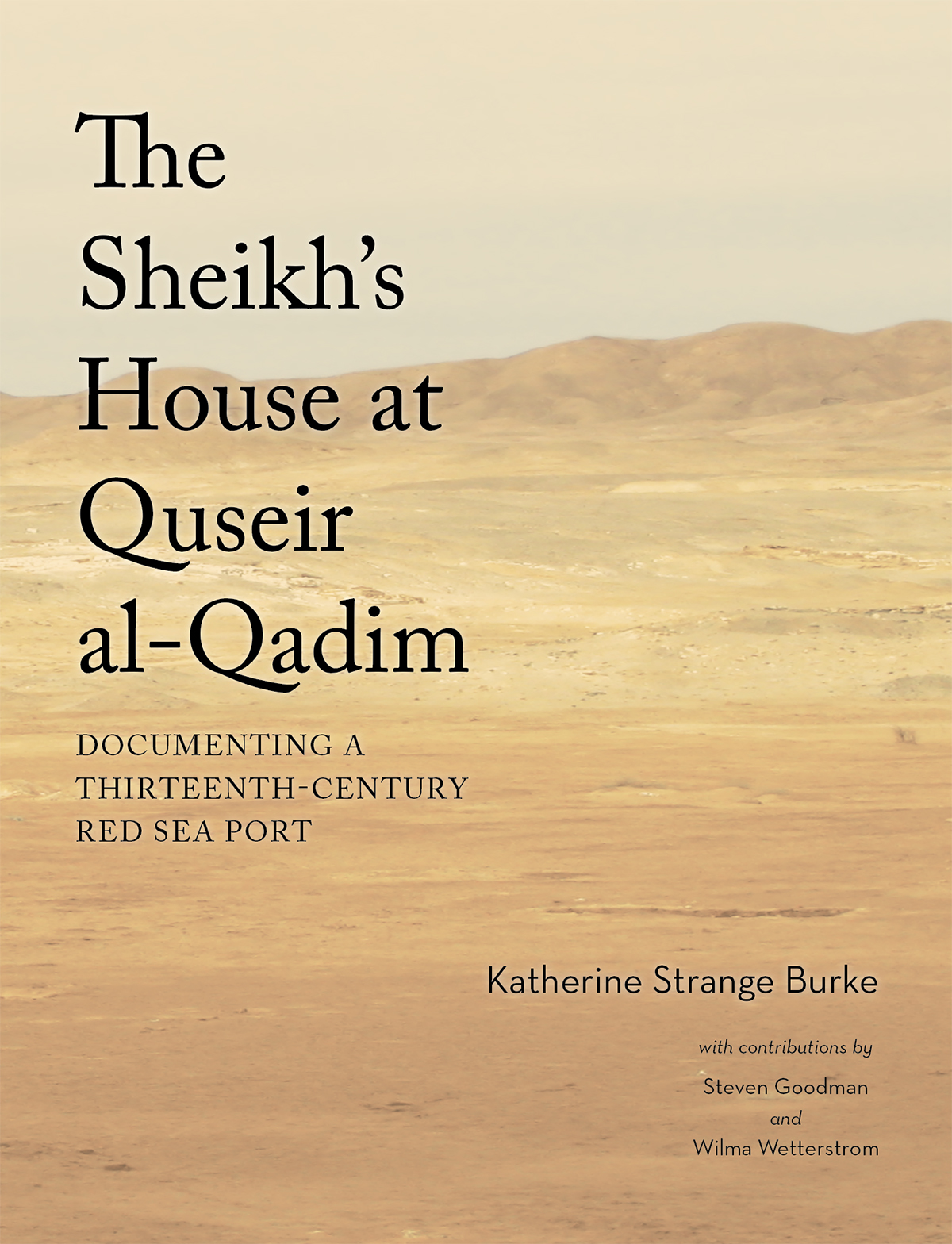This study of a thirteenth-century dwelling on Egypt’s Red Sea Coast draws on multiple lines of evidence—including texts excavated at the site—to reconstruct a history of the structure and the people who dwelt within. The inhabitants participated in Nile Valley-Red Sea-Indian Ocean trade, transported Ḥāǧǧ pilgrims, sent grain to Mecca and Medina, and wrote sermons and amulets for the local faithful. These activities are detailed in the documents and fleshed out in the botanical, faunal, artifact, and stratigraphic evidence from the University of Chicago’s excavations (1978–82).
This compound eventually consisted of two houses and a row of storerooms and became the center of mercantile activity at Quseir al-Qadim. Over time, as the number of named individuals who received shipping notes addressed to the “warehouse of Abū Mufarij” increased, living rooms and storerooms were added to accommodate this expansion of commerce. While most merchants were dealing in textiles, dates, and grains, additional commodities traded included perfumes, gemstone-decorated textiles, resist-dyed textiles, and porcelains. Specialist studies by Steven Goodman on the avian faunal remains and Wilma Wetterstrom on the macrobotanical finds reveal that the compound’s occupants enjoyed a diet of chicken and Nile Valley produce such as grapes and watermelon, and they were supplemented by high-priced imports: nuts and fruits from around the Mediterranean, along with medicinal plants from as far away as India, indicate the wealth and status of this family of merchants.
The evidence from this small portion of Quseir al-Qadim yields a rich local story that is a microcosm of Nile Valley-Red Sea-Indian Ocean trade under the last Ayyubid sultans of Egypt.
Table of Contents
Preface
Bibliography
Introduction
1. Quseir al-Qadim and the Sheikh’s House
2. Ceramics
3. Plant Remains 1982. Wilma Wetterstrom
4. Avian Faunal Remains. Steven M. Goodman
5. Textiles, Basketry, Glass, and Coins
6. Texts in Context: The Sheikh’s House Texts
7. The Sheikh’s House in Context: Quseir al-Qadim, Egypt, and Beyond
8. Conclusions
Appendix A. Postscript: The Later History of Quseir al-Qadim and Early Modern Quseir
Appendix B. Locus Tables
Appendix C. Pottery Tables
Appendix D. Bone, Glass, and Coin Tables
Appendix E. Document Tables
Appendix F. Textile and Archaeobotanical Tables
Appendix G. Pottery Plates by Locus
Appendix H. Photographs of the Excavations and Several Small Finds
Index
- Oriental Institute Publications 144
- Chicago: The Oriental Institute, 2021
- ISBN (hardcover) 978-1-61491-056-5
- ISBN (eBook) 978-1-61491-058-9
- Pp. 424 (lxiv + 360)
- 57 figures; 85 plates; 21 tables
- Hardback, 9 x 11.75 in
- $129 (hardback)
For an up to date list of all Oriental Institute publications available online see:The Oriental Institute Open Access Publications
And see the Chronological Lists of OI Publications










 Stumble It!
Stumble It!

No comments:
Post a Comment